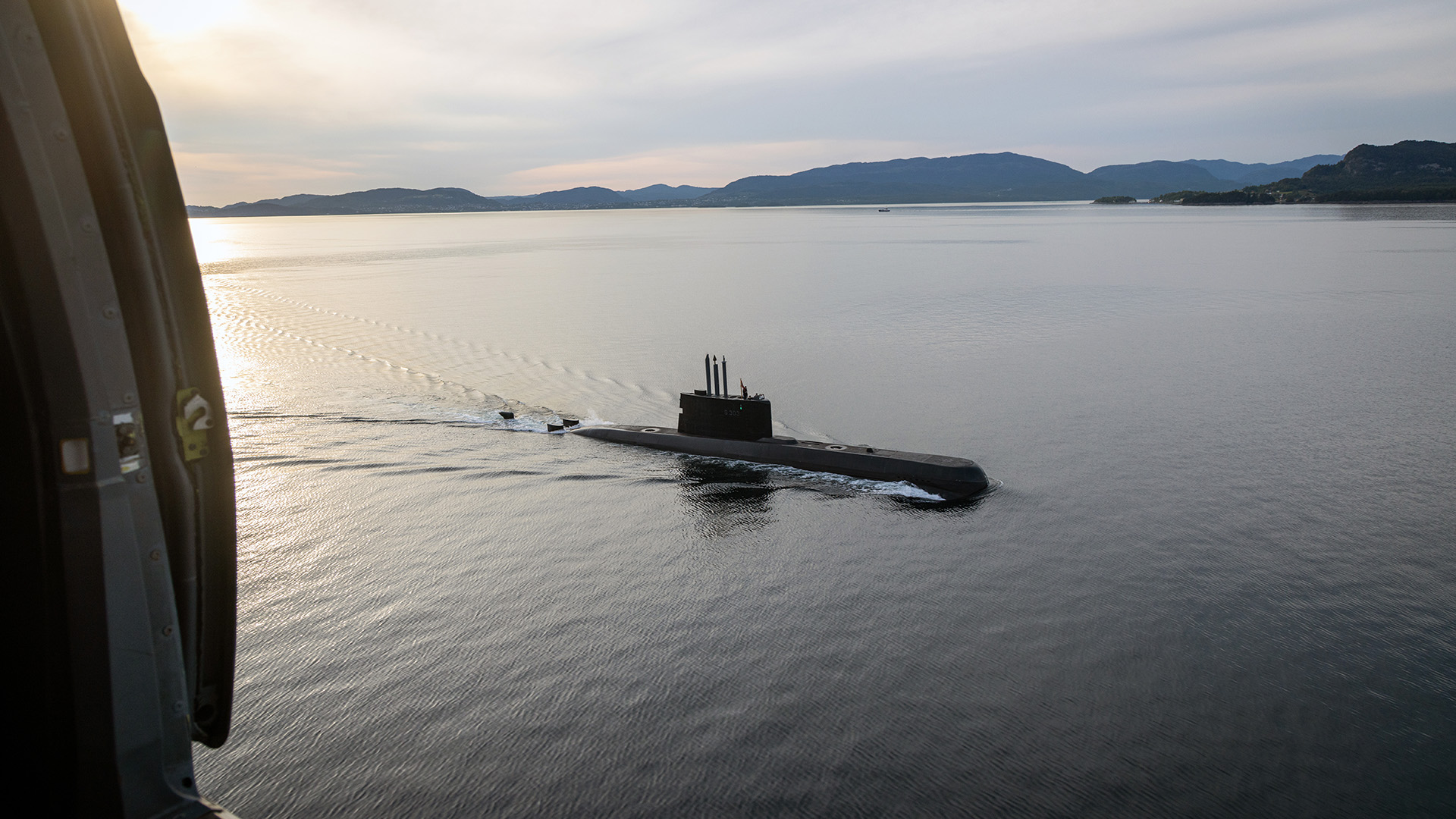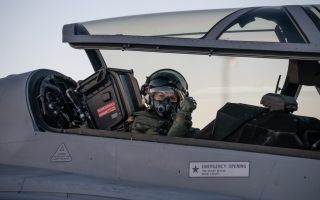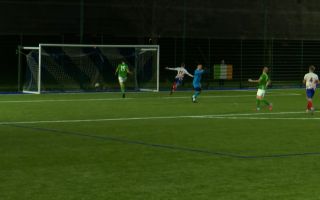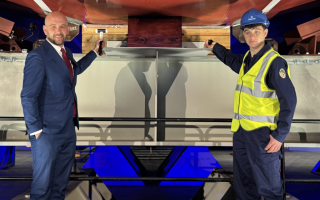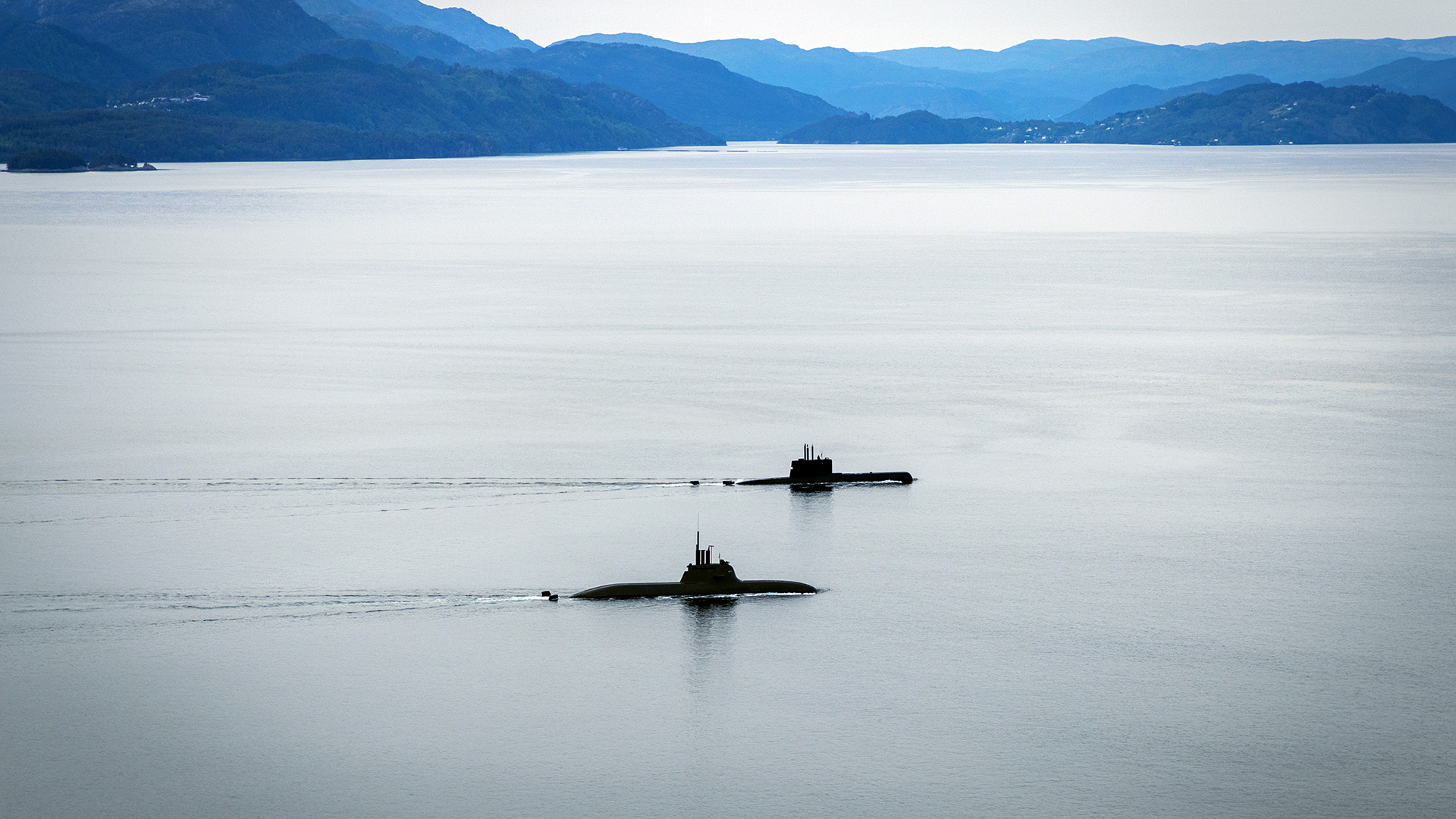
The search is on: Royal Navy Merlin crews go submarine-hunting in the fjords

The Royal Navy's submarine hunters have used the latest tactics against Norwegian and German submariners in a two-week battle of wits off the coast of Norway.
Two Merlin Mk2 helicopters from 824 and 814 Naval Air Squadrons, supported by over 80 air and ground crew, went from RNAS Culdrose in Cornwall to the spectacular cliff-top Haakonsvern Helikopter Base, overlooking a fjord close to Bergen, for Exercise Green Eel.
Their main aim was to find and aggressively follow live contacts in a new and challenging underwater environment, hunting Norwegian submarine HNoMS Utvaer and German U-boat U34.
The frigate HNoMS Thor Heyerdahl and other ships from the Royal Norwegian Navy joined in the training and were accompanied by a support ship from the German navy, FGS Main.
Fliers from Culdrose had taken part in the exercise two years ago, and Lieutenant Commander Steve Hayton, a helicopter instructor from 824 Naval Air Squadron, said the team relished the opportunity to return to the fjords.
"Opportunities to take part in exercises like Green Eel are invaluable and allow the instructors to hone and refresh their anti-submarine warfare skills," he said.
"It's a unique exercise that allows the Merlin Mk2, which is probably the most advanced and capable anti-submarine helicopter in the world, to be pitched against the most capable submarines in the world."
Lt Cdr Hayton said the German and Norwegian navies were formidable "foes" as they operate traditional diesel-powered submarines.
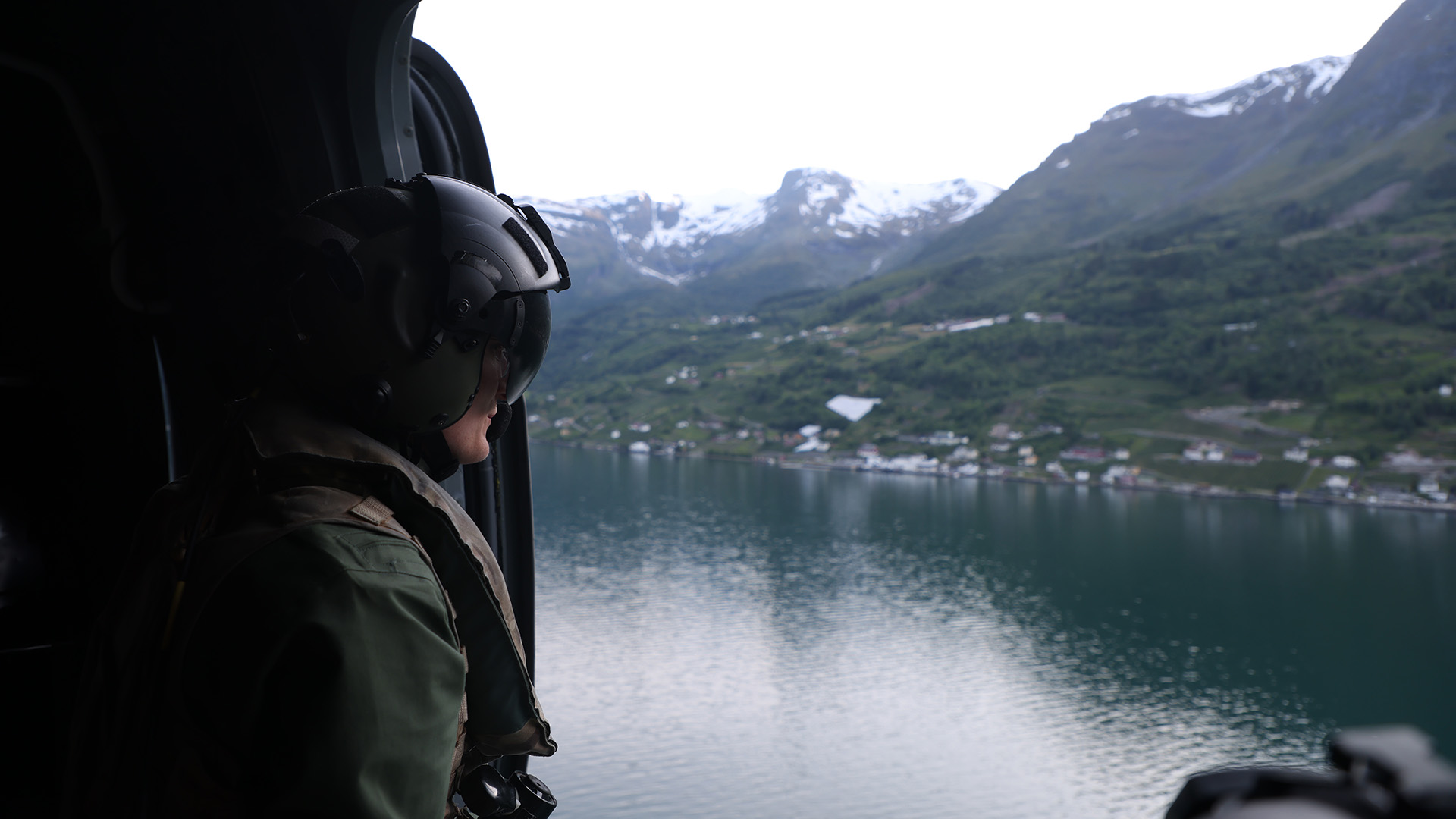
Using the sonobuoy listening devices dropped into the fjords and the Merlin's in-built dipping sonar to locate the enemy, the helicopter crews flew anti-submarine warfare sorties every day, amassing around 50 hours of training.
The Merlins had to check everywhere, given that the submarines knew their operating environment extremely well.
After the day had finished, the aviators and submariners came together to debrief and learn from each other to improve their respective tactics.
Captain James Hall, RNAS Culdrose's Commanding Officer, said the exercise was an excellent chance to maintain close links with the UK's strategic partners and Nato allies.
"As well as presenting our crews with an unfamiliar area of seabed, what is particularly special about Haakonsvern is that you have all the different elements together in one place," he said.
"The base accommodates the aircraft, the surface ships and the submarines.
"It means everyone involved can learn from each other to improve and evolve the exercise as it progresses, as well as understanding and countering their adversaries' tactics.
"This strengthens the bond between our countries and supports our ability to work in unison within the wider Nato context."
